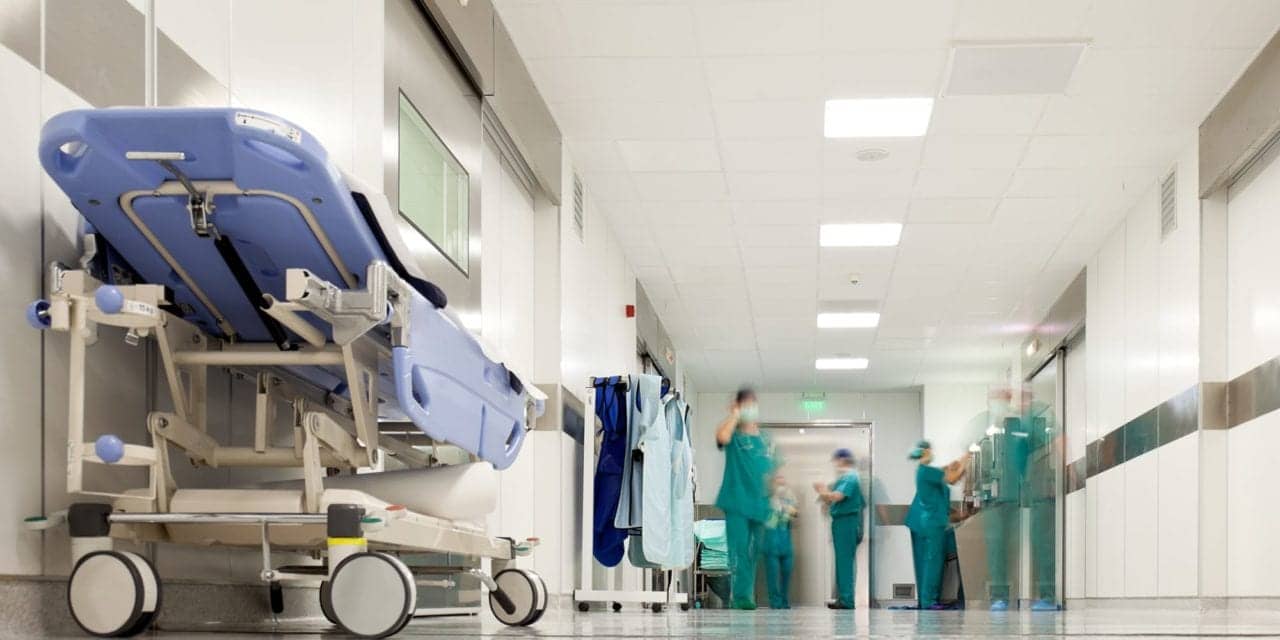A survey of Joint Commission accredited hospitals found that the majority had implemented safety planning at discharge for patients identified at risk for suicide, but few had included all key components of formal safety planning.
Editor’s note: Although suicide prevention is not the specific domain of respiratory therapists, pulmonary physicians, and critical care specialists, many of our readers are hospital clinicians and will come into contact with patients who may have an elevated risk of suicide due to mental health disorders, substance abuse issues, and other chronic health conditions that reduce their quality of life. We publish this article from The Joint Commission in the spirit of Patient Safety Week’s goals to increase awareness of patient safety and reduce patient harm (including self-harm). Contact editor@RTmagazine for more information.
Multiple studies suggest the risk for suicide is significantly higher following hospital discharge compared to during hospitalization. A new study, funded by Pew Charitable Trusts, in The Joint Commission Journal on Quality and Patient Safety (JQPS), evaluated the prevalence of four suicide prevention activities following hospital discharge among Joint Commission-accredited hospitals:
- Formal safety planning
- Planning for lethal means safety
- Providing warm handoffs to outpatient care (a medical professional introducing a patient to a behavioral health clinician and initiating contact prior to discharge)
- Making follow-up contact after discharge
While these specific suicide prevention activities are not explicitly required by The Joint Commission’s National Patient Safety Goal (NPSG), they are recommended by many suicide prevention experts. The NPSG, implemented in 2019, helps reduce the risk for suicide by requiring healthcare organizations to develop policies and procedures for follow-up care at discharge for patients identified as at risk for suicide.
“We know that half of people who die by suicide interact with the healthcare system in the month before their deaths. We also know there are proven steps that hospitals can take to identify people at risk for suicide and link them to care,” says Kristen Mizzi Angelone, director of The Pew Charitable Trusts’ Suicide Risk Reduction Project. “Suicide is the 11th leading cause of death in the United States. By understanding the adoption of recommended practices for suicide prevention, hospitals can help improve care for people at risk and save lives.”
Researchers calculated the percentage of hospitals reporting the implementation of these recommended discharge practices. A questionnaire was sent to 1,148 Joint Commission accredited hospitals, and 346 hospitals responded. The majority of hospitals (61.3%) reported that they had implemented safety planning, but few included all key components of formal safety planning:
- Promoting shared understanding of the purpose of the safety plan
- Identifying and documenting warning signs
- Documenting internal coping strategies
- Identifying people and social settings that provide distraction
- Identifying personal contacts to ask for help
- Providing name and contacts of professional services to contact during crisis
- Developing a plan for lethal means safety
- Explaining the best way to use a safety plan
Findings revealed a significant gap in the implementation of recommended practices related to prevention of suicide post-discharge. While hospitals typically implemented common (and low resource) discharge practices such as providing a list of crisis resources and making referrals, many of the recommended and more robust suicide prevention practices had not yet been widely implemented.
Approximately a third of hospitals provided a warm handoff to outpatient care (37%) or made follow-up contact with patients (30.3%), and approximately a quarter (28%) developed a plan for lethal means safety. Very few hospitals (4%) met full criteria for implementing all four recommended suicide prevention activities at time of discharge.
“In many cases, responding hospitals initially indicated that they were implementing recommended practices, but closer inspection revealed that essential components of those practices were often omitted,” says Salome O. Chitavi, PhD, research scientist II, The Joint Commission. “This may suggest that there is a lack of knowledge around how to implement these practices successfully, and that hospitals may benefit from wider dissemination of standardized protocols that promote high-quality, comprehensive formal safety planning.”










